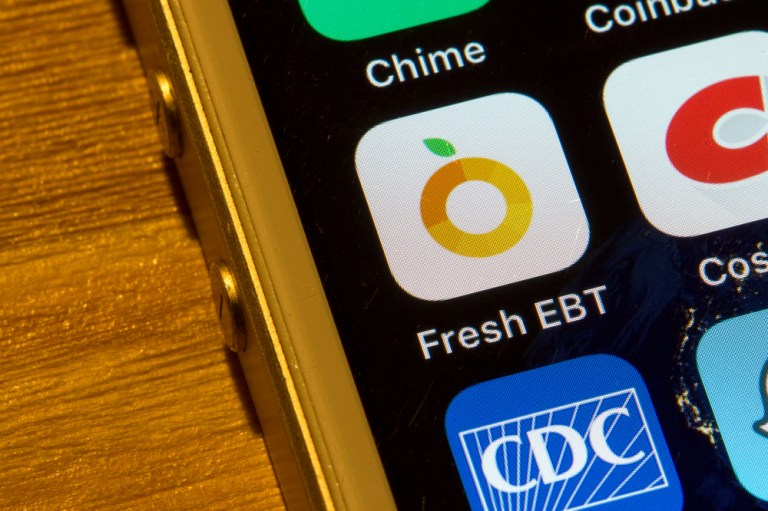PIN-On-Glass, Digital EBT And Grocery’s Tech Enabled Future

Though the issue has captured a lot of attention lately as the demand for online grocery order for pick-up or delivery has become a critical priority for many consumers, giving food stamp (SNAP program) recipients the ability to use their EBT cards online to pay for groceries is far from a new effort.
In fact, as Fiserv’s Head of Global Digital Commerce Nandan Sheth told PYMNTS in a recent conversation, though the EBT online payment pilots began to roll out last year in 2019 — and have readily begun to proliferate in recent weeks as more and more states are signing on to bring digital grocery for the 38 million SNAP beneficiaries of their programs — this is a much older and ongoing story than most people know.
“The initiative we’re really seeing now was driven by the 2014 Farm Bill, which first allowed for payment acceptance at participating grocers, Sheth explained, adding that their proprietary PIN-on-Glass technology makes it possible for EBT shoppers to authenticate their cards in the online channel.
PIN-on-Glass, he noted, wasn’t created specifically for the SNAP program, and its use cases are much broader because it can support a number devices — phones, tablets, desktop computers, etc — and can allow seamless PIN-based authentication online (and on mobile) for any kind of payment form factor — debit card, credit card, social services card (like EBT card) or mobile wallet. One of the initial uses, and largest to date, he noted, was the launch the RuPay card — the largest debit product in India. Today there are roughly 200 million RuPay card holders making use of the technology, Sheth noted.
The Emerging Grocery Landscape
Based on the early results, Sheth said that EBT cardholders are quickly transitioning to online grocery order and repeating the experience over and over once they’ve tried it.
“I think what we are going to see is enablement of EBT cards across many more merchants, and that most if not all states are going to support this in the near term because so much of that EBT volume is going to shift to that digital channel,” Sheth told PYMNTS.
It’s better for consumers, Sheth noted, as it allows a class of people who have in large been shut out of the great digital expansion of grocery over the last several years to fully participate, he noted. And it’s better for the merchants, who can serve a wider cross-section of their customers better and do it via a lower cost of acceptance mechanism — as well as a way to appeal to a wider cross-section of possible new customers.
In addition to grocery stores, online EBT enablement using PIN on Glass technology is also being deployed at two of the nation’s largest farmer’s markets, given the high concentration of EBT customers who are served in those markets. They, too, want to provide more options for payment via online or mobile channels.
These are unprecedented times, and the opportunity to enable safe and secure eCommerce for all of merchants across all of their customer segments remains critically important to merchant success.
“We just want to make it easier for businesses to see their way through and for all merchants to offer payment options that meet them at their digital touchpoints. As we’re seeing with EBT and digital enablement, we’re doing that in ways that help consumers when they need it most,” Sheth added.